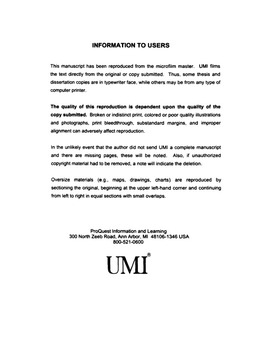| dc.description.abstract | The microbial reduction of uranium was investigated in a contaminated aquifer and with a pure culture model organism, Desulfovibrio vulgaris Hildenborough. The concentrations of Fe(III), U(VI), nitrate and sulfate were highly variable within the aquifer, with the latter anion being quantitatively more important than the other potential electron acceptors. While this degree of heterogeneity made it difficult to discern the predominant electron accepting processes that impact U-reduction rates, several trends were notable. Nitrate inhibited the reduction of the other electron acceptors, and once it was biologically removed, the reduction of Fe(III), U(VI), and sulfate occurred concomitantly. The simultaneous loss the latter electron acceptors can be partially explained with the model sulfate reducing bacterium. In D. vulgaris, Fe(III) inhibited U-reduction while U(VI) interfered with sulfate loss from organic electron donors. However, during H2-mediated sulfate-reduction, Fe(III) impeded U-reduction, but only slowed sulfidogenesis, implicating separate electron transfer pathways. Hence, when H2 served as an electron donor, U(VI) and sulfate could be reduced concomitantly. A second trend noted during field investigations was that the presence of clays inhibited sulfate- but not Fe(III)- or U(VI)-reduction. In sandy sediments, reduction rates for the former two activities showed a positive correlation with their respective acceptor concentrations. This relationship may also be partially explained by the pure culture investigation. With lactate as the donor, 2 mM U(VI) inhibited the reduction of 2 mM sulfate, suggesting preferential electron flow to uranium. However, sulfidogenesis was only slowed in the presence of 2 mM U(VI) when 20 mM sulfate was used. In the presence of U(VI), high sulfate concentrations may be required to overcome this inhibitory effect on sulfate-reduction. During field investigations it was also found that a considerable amount of the total oxidized uranium present in sedimentary systems was complexed U(VI). When assessing remediative efforts, this pool should also be measured since only soluble U(VI) and U(IV) are routinely quantified, and the complexed pool will most likely be grouped with U(IV), thus underestimating the total U(VI) pool size. Through the development of a new procedure, this fraction of the total uranium pool can be measured without interfering with the quantitation of soluble U(VI) and U(IV). By tracking all three pools during microbial U-reduction, it could be shown that the complexed U(VI) is not initially bioavailable, but appears to solubilize as soluble U(VI) becomes reduced. Hence it is only when both U(VI) pools are reduced can migration into water bodies be considered negligible. | en_US |
